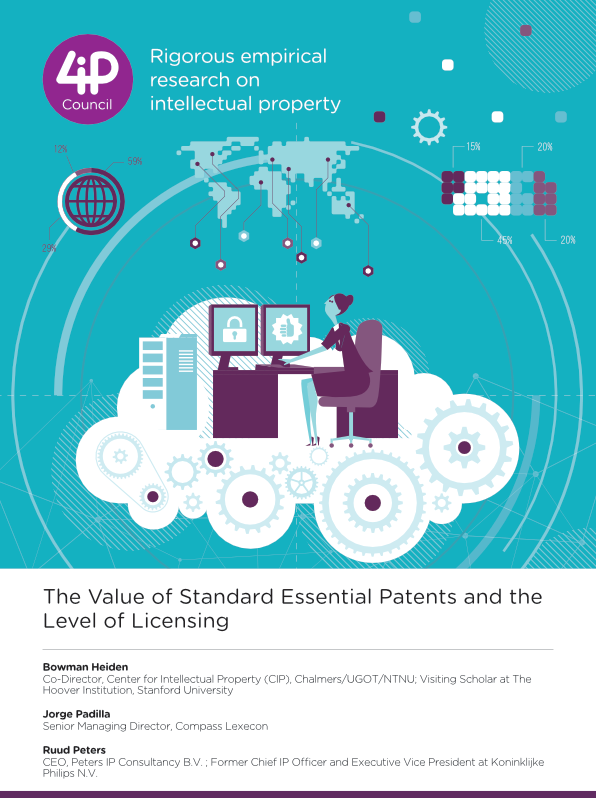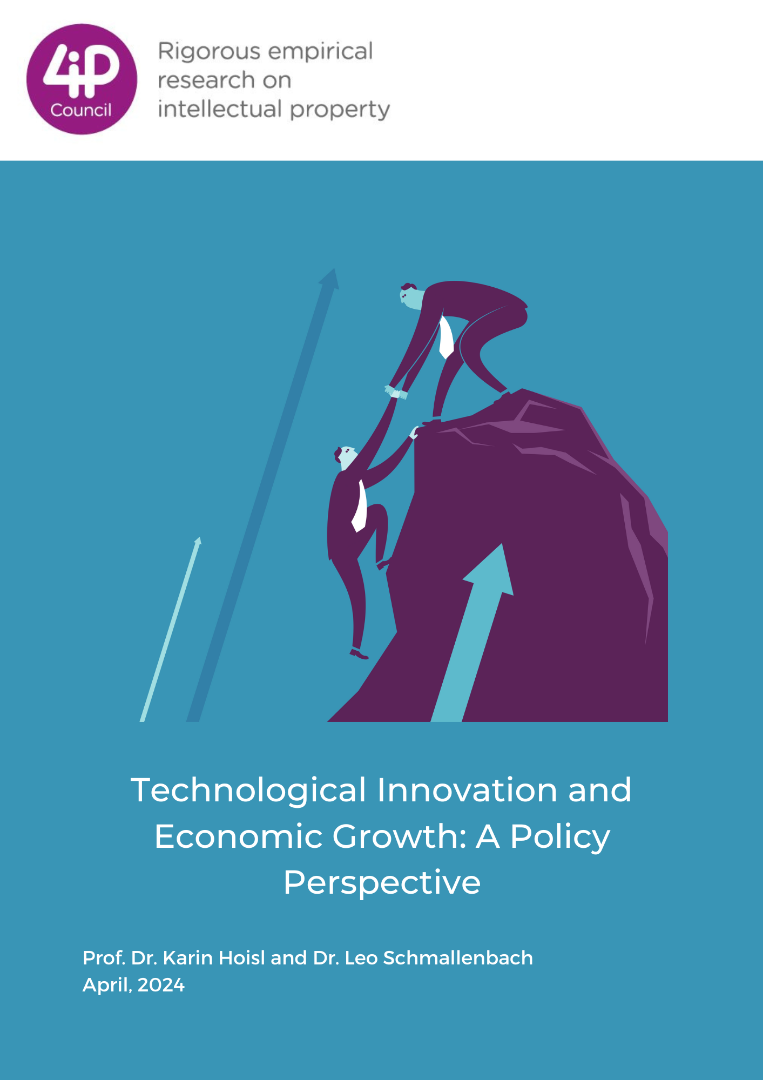Summary
This paper develops a SEP licensing model that proposes the determination of SEP value should be dependent on the use-case and independent of the level of licensing in the value chain. We show that the value of enabling technologies, such as ICT standards, is best determined in relation to the value it produces to the consumer or end-user, regardless of the licensing level. Independent of SEP value, we then discuss the legal, economic, and organizational factors that can guide market actors to determine the level of licensing through private ordering.
Specifically, this paper addresses (1) the historical SEP licensing context and challenges (2) the theoretical framing of the Neutrality model, (3) the determination of SEP value based on end-use, (4) the independent determination of the level of licensing, and (5) illustrate the key issues through two SEP licensing case studies.







